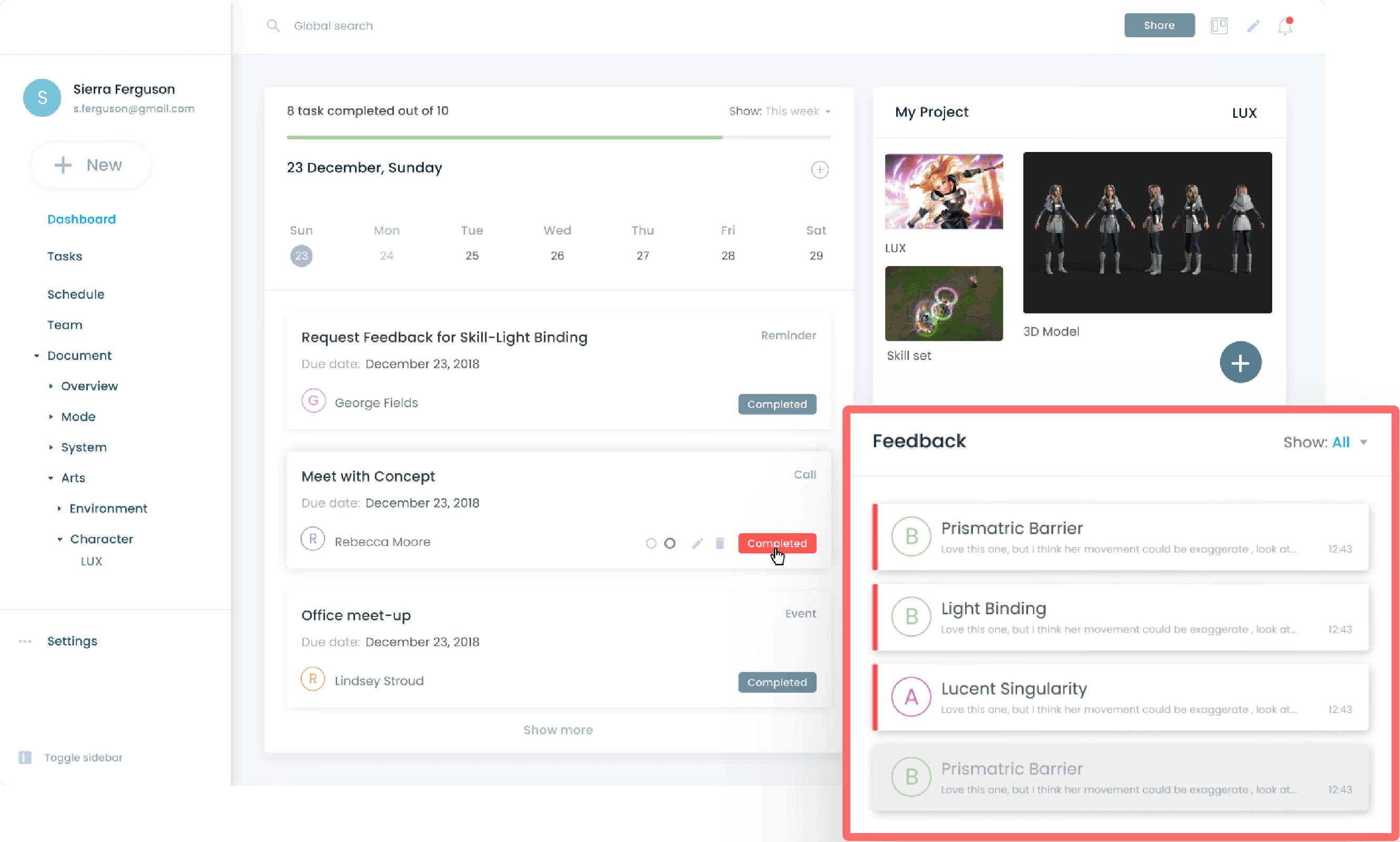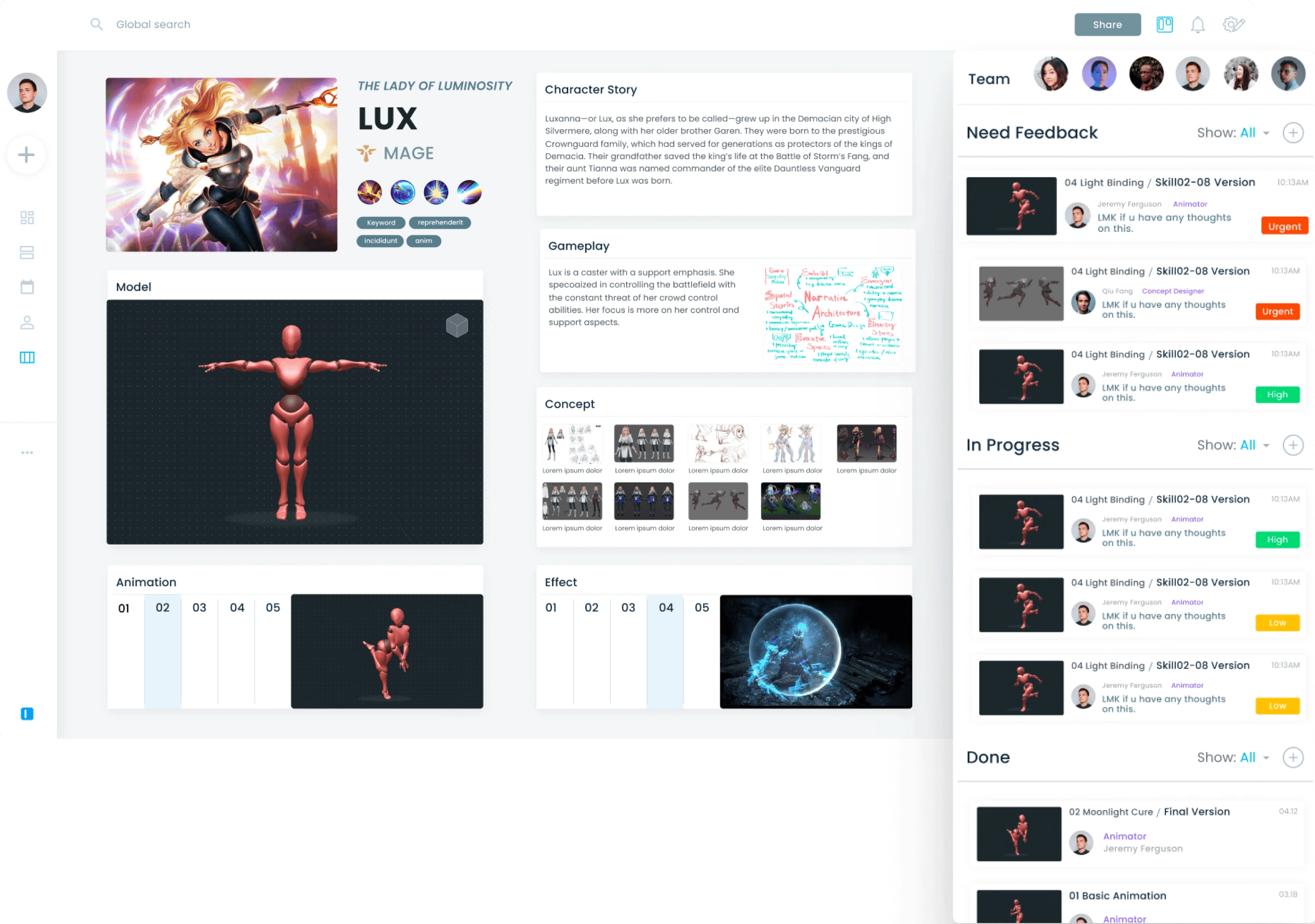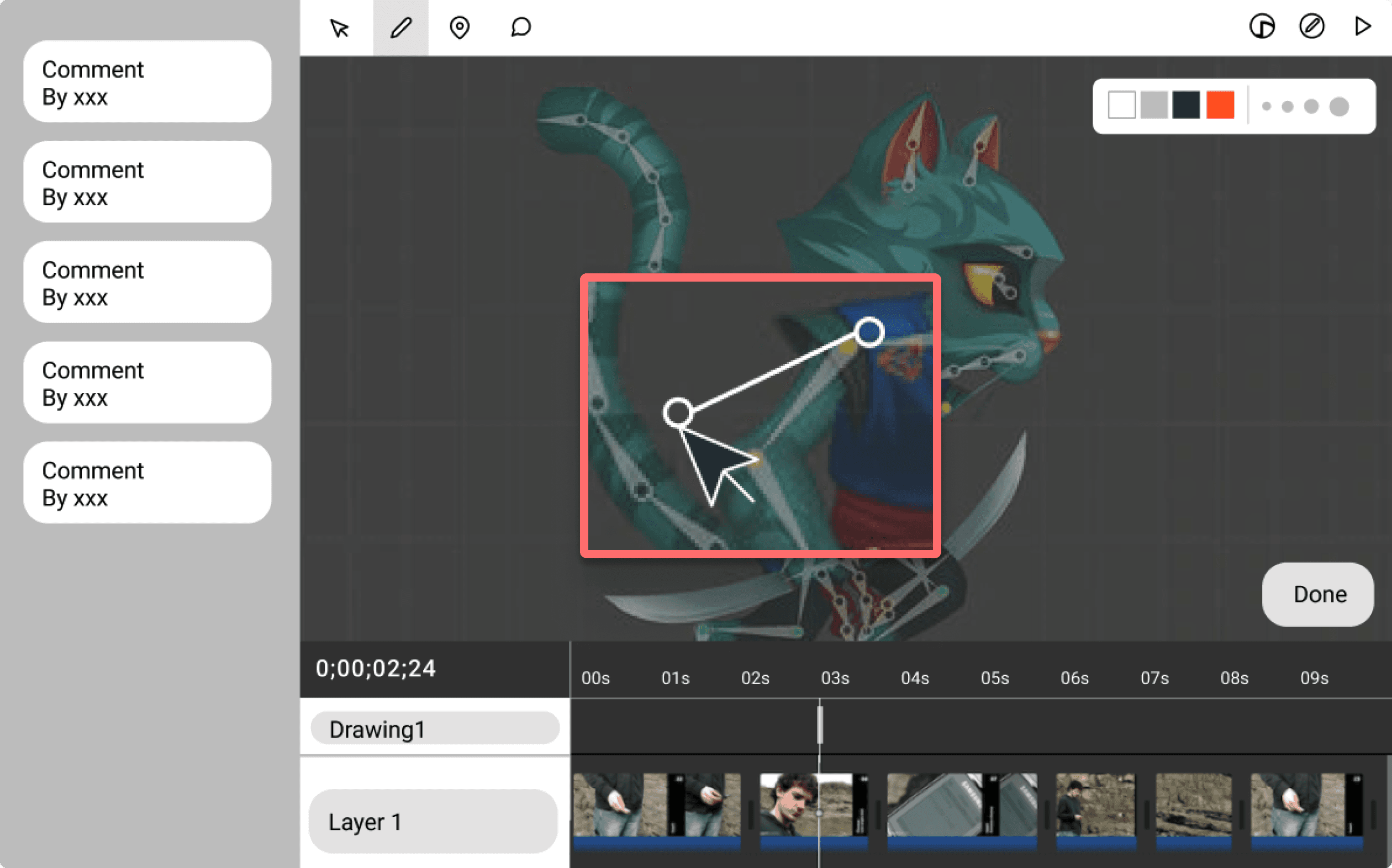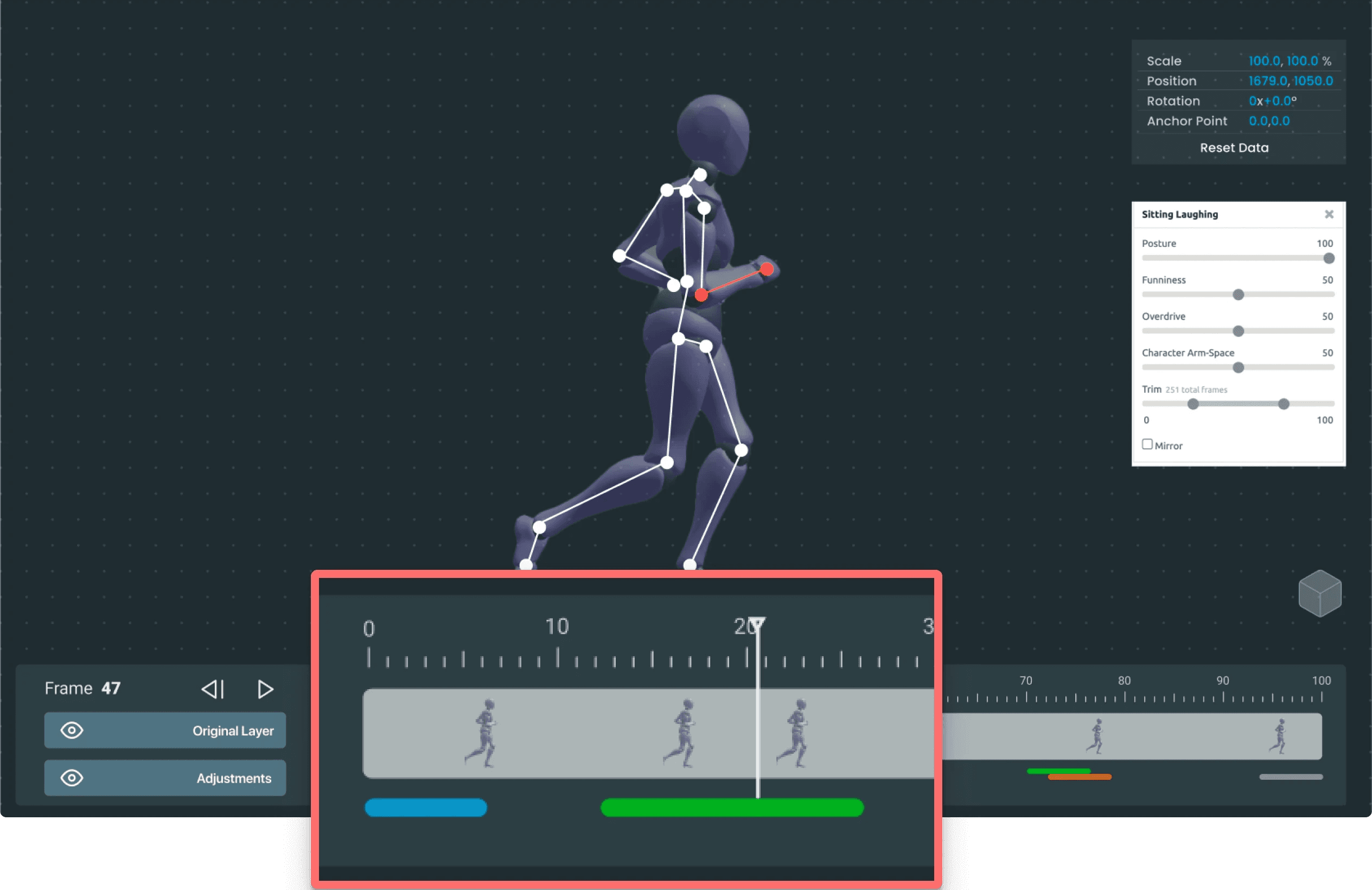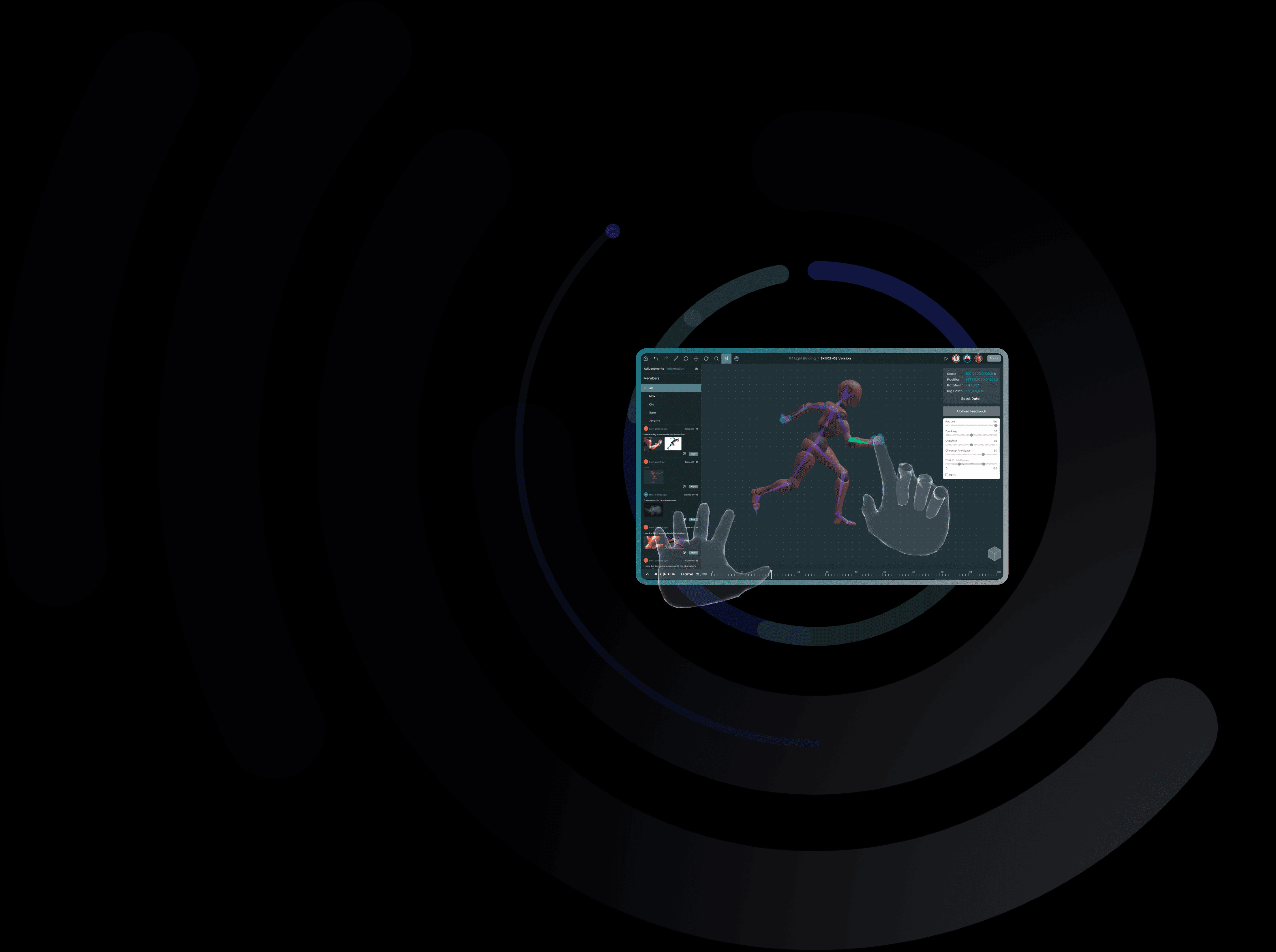
Ekoo is a remote 3D design platform tailored for the game industry
Time
May - Aug 2021
Industry
Game Industry
Members
Haoran Xu, Cynthia Lee, Duoning Zhen, Zoe Zhang
Role
Product Designer, Gesture Control Prototyper
EKOO in a Nutshell...
Problem
Miscommunication and inefficiencies in remote 3D animation pipelines during the transition from onsite to hybrid work in the pandemic.
Solution
Ekoo offers real-time 3D collaboration, annotation, and centralized asset management to streamline remote animation pipeline.


Game
Companies
Office
Remote 3D Character pipeline is broken...
Animators who design 3D characters animation cannot visualize, understand, and organize the annotation from teams due to the online limits.

How might we build a more effective multi-disciplinary collaboration tool in order to improve the creative cooperation for remote design teams in the game industry?
“
Game Design Document
Solution #1
annotation Editor
Solution #2
the interviews
After a few rounds of interviewing designers and stakeholders in several major game companies, I found out Animation teams face challenges with fragmented tools, miscommunication, and disorganized feedback in remote workflows.

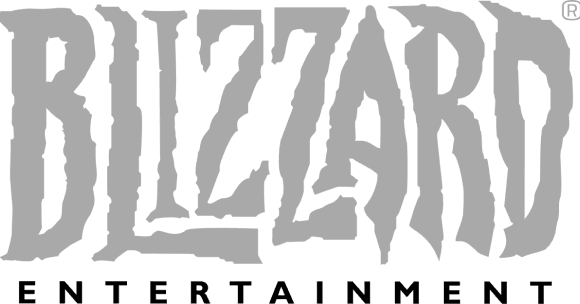



Hard to collaborate with many apps
Collaboration on animation contains both real-time and asynchronous scenarios.
Lack of remote working tools
Lack of a professional tool designed for the collaboration on animation on the market.
talk remotely makes misunderstood
Collaborating online leads to more misunderstandings in the animation design process.
hard to Document feedback
Everyone annotates differently—sketching, referencing, or note-taking—make unifying them challenging.
problem
I identified several challenges, but the most critical issue, highlighted by the red lines, is that animation teams struggle to achieve a shared understanding of 3D assets remotely, resulting in excessive back-and-forth communication and increased crunch time.


target user
Therefore, the target user will be concentrate on mainly three characters in the industry. Which is Art Director, Concept Designer and Animator.

What do they need?
Animation teams need a tool to work together in
real-time 3D collaboration, with easy asset managements and faster iterations.
Introducing EKOO
The real time 3D character pipeline tool
1.Real time collab
2.Easy to control
3.Fast iteration

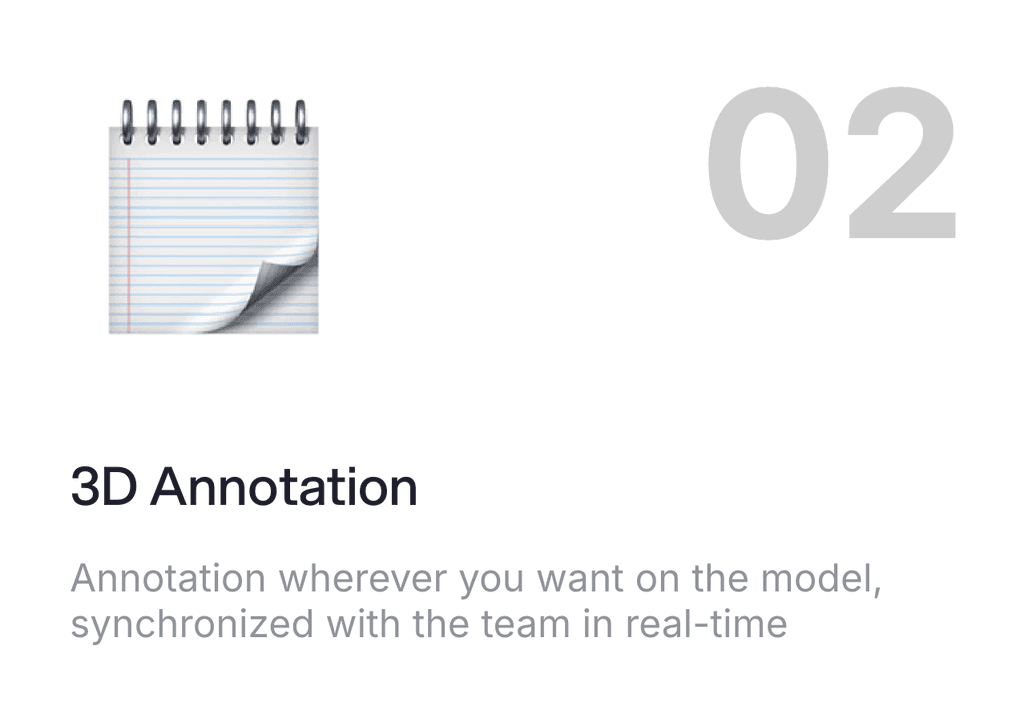

01
opportunity
How you organize feedback from different people and make sure the team can all catch up with each other's ideas?
Imagine you as the designer, after receiving these sketches from the art director, you have a total of 10 different feedback now.
Game Design Document
The game design document platform organizes the animation assets, annotations, and team collaborations. All in one, with no need to worry about moving files and documents between apps and losing them.
Feature 1/2
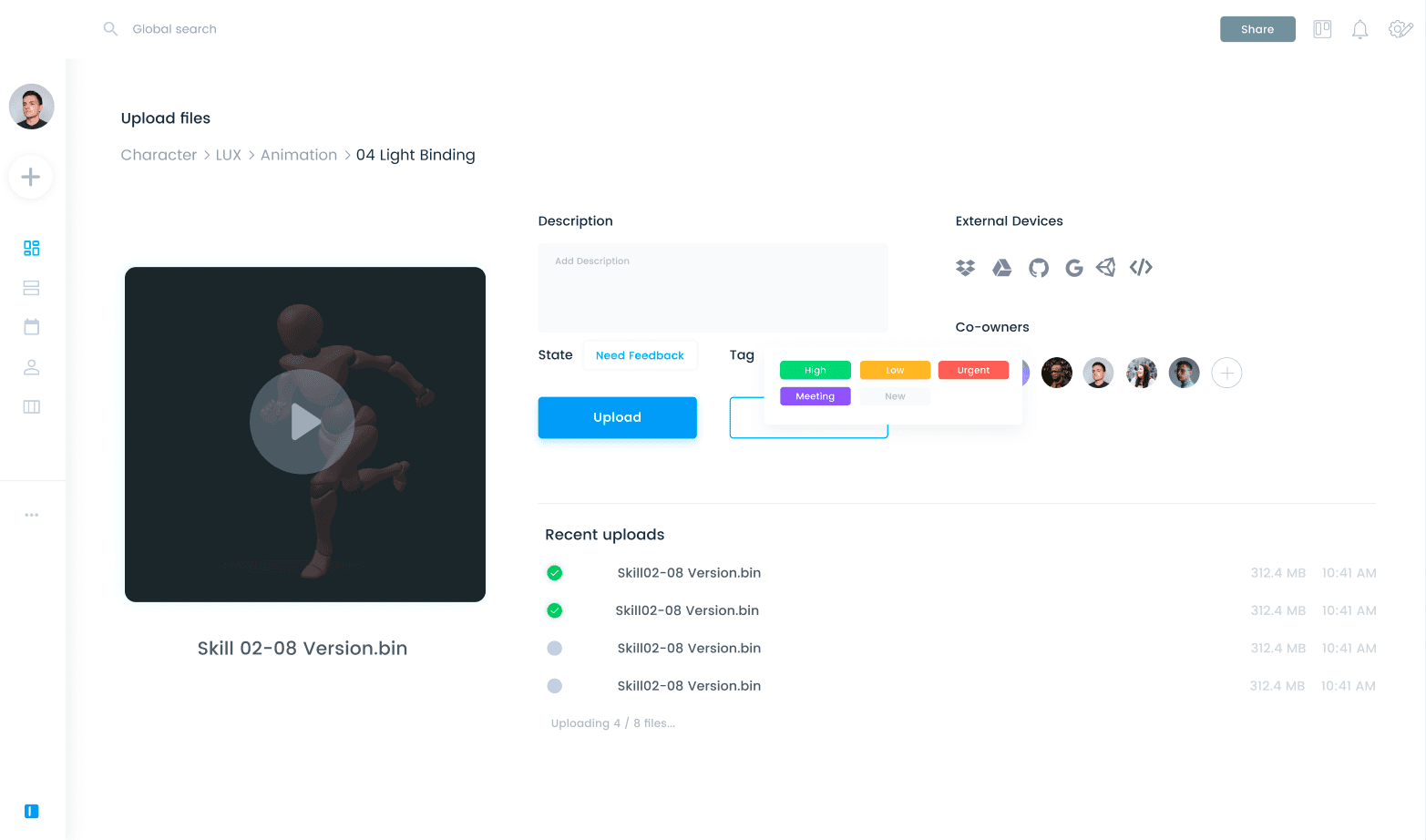
Upload and share the asset in EKOO or use another platform with your team. Include status updates and tags that clearly communicate the asset's status and needs.
All-in-One with EKOO
Painpoints
App Overload
Easily track your progress of work and checking the peer feedback on the page, including the sketch, posture, and note, which tells you exactly how to modify the assets.
Progress Tracking and Visualized Documentation system
Painpoints
Fragmented Collaboration,
Unorganized Feedback
02
opportunity
Imagine how you, as the art director, could describe this animation accurately to your designers so that there would be fewer misunderstandings.
If we use just words and simple gestures to describe an animation, 100 people will come up with 100 different visuals in their heads
annotation Editor
Annotating beyond text, you can make annotations by sketching on 3D modal, adjusting the posture of the character, and spotting the note in a specific location in space.
Feature 2/2
Make an annotation by simply using the pen tool to draw over the character, like an art director does when they give feedback in person.
sketch annotation
Painpoints
Lack of Clarity in Feedback

Can’t sketch? Annotating by simply dragging the head, arms, and legs of the character to communicate your desired posture.
posture annotation
Painpoints
Lack of Clarity in Feedback

Examples are important. Pick a place on the character, and annotate with an image of your preferred pose into the note with text description.
note annotation
Painpoints
Lack of Clarity in Feedback

key iterations
How do I translate the design concept into a concrete representation for validation.
USERFLOW
Ekoo streamlines game design workflows by integrating documentation, 3D annotations, and gesture controls for efficient, accurate, and collaborative animation.
the impact
EKOO will not only solve the problems of people working during the pandemic, but also enable more collaborative process in the game industry and transform the way how people work and design the 3D space.
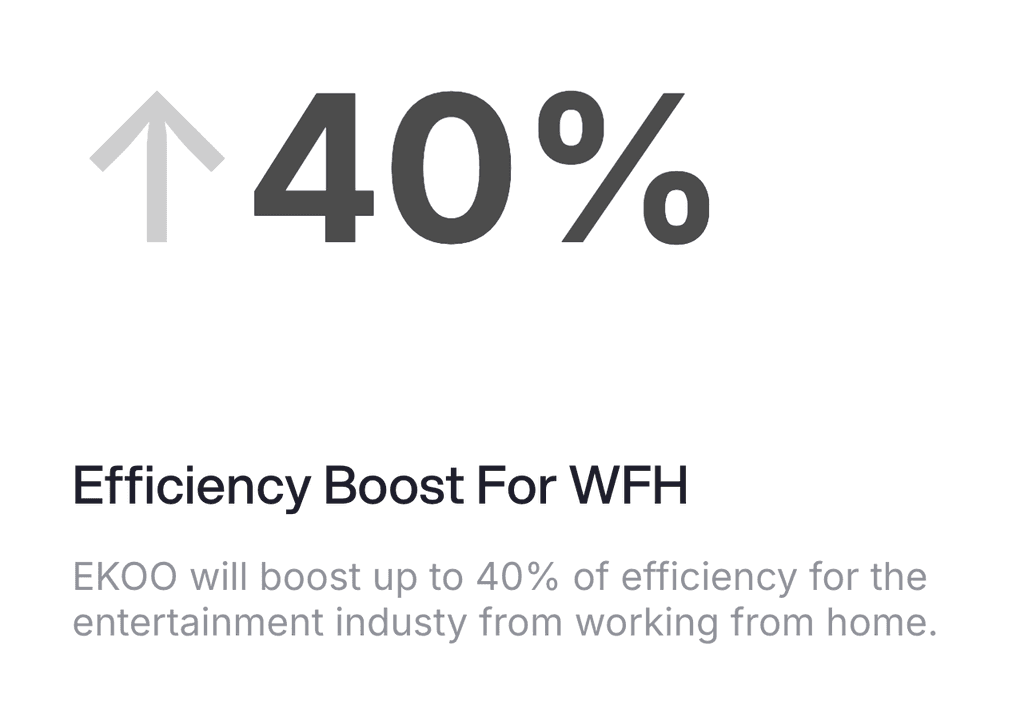
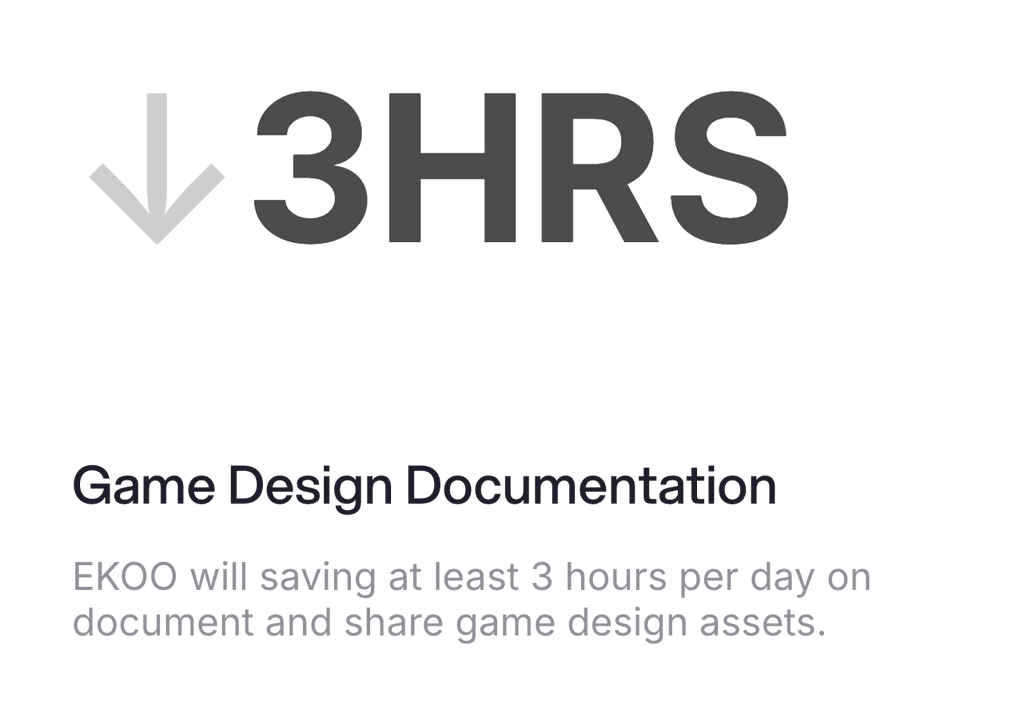

what i learn
How to use data to drive design decisions
During design process, I need to ask myself questions such as “ who, what, when, how” from the data collected.The team iterates on features and experiences based on user insights in an agile manner.
Being empathic with users and their pain points
In this project, I enjoy thinking the product holistically and listening to the users’ experience, feedback, and being an active listener.
It helps me understand the users’ pain points and create empathy with them.
One more thing…
the future of EKOO
I envision incorporating hand gesture controls in a 3D interface for more intuitive interaction with 3D space in EKOO's future.
However, due to time limitations, I have only experimented with a few options that require further evaluation.
I further advanced the concept of natural gesture design in my other projects like Encompass and the MR Gesture System.
Feel free to check them out!!!
